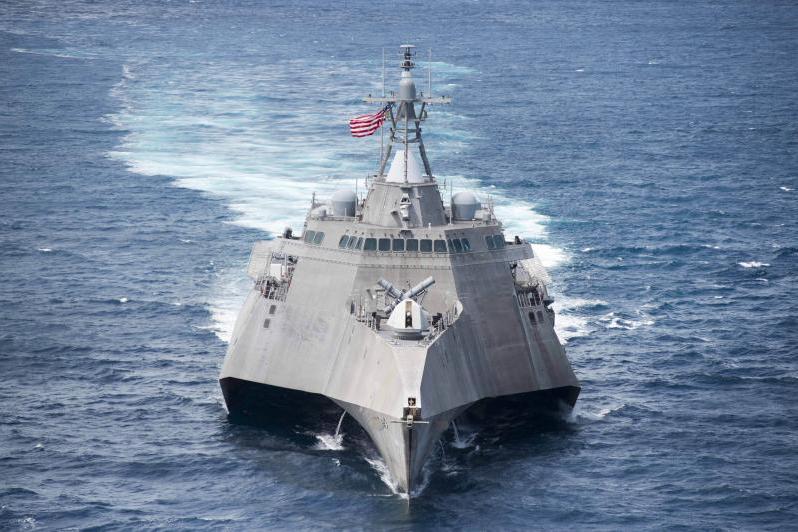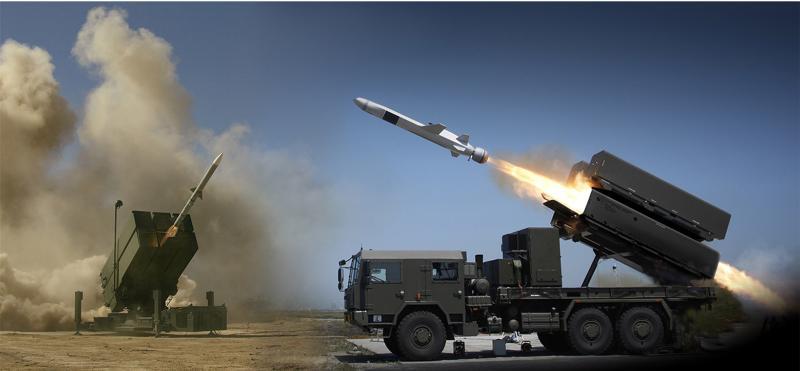Roketsan, was founded on 14 June 1988 by the decision of the Defense Industries Executive Committee for the purpose of “Establishing a leading institution in the country for designing, developing and manufacturing rockets and missiles”. With primary focus on satisfying the needs of our Turkish Armed Forces (TAF) as well as those of friendly and allied nations, Roketsan develops and manufactures various types of rockets, missiles, guided munitions along with their launching and propulsion systems, seekers, guidance-control systems, fuzes, warheads, mechanical parts, algorithm and software, integrates them to land, air and naval platforms, gives logistical support for these systems, produces rocket propellant, designs and manufactures ballistic protection and ensures the development of space launch vehicles in its facilities at Ankara.
Aiming to establish itself as Turkey's largest technological army with over 3,500 employees, Roketsan continues to finance the development of original designs and products through its R&D studies involving more than 1,800 engineers.
Defence21 has the pleasure to interviewed Mr. Murat Ikinci, CEO of Roketsan, and the following are the details:
Roketsan was founded on 14 June, 1988 upon the decision of the Defence Industry Executive Committee, and is continuing its activities with the goal to maintain its position as a leading provider of original, reliable and groundbreaking rocket and missile solutions, and in doing so, contributing to the future of our country.
With primary focus on satisfying the needs of our Turkish Armed Forces (TAF) as well as those of friendly and allied nations, Roketsan develops and manufactures various types of rockets, missiles, guided munitions along with their launching and propulsion systems, seekers, guidance-control systems, fuzes, warheads, mechanical parts, algorithm and software, integrates them to land, air and naval platforms, gives logistical support for these systems, produces rocket propellant, designs and manufactures ballistic protection and ensures the development of space launch vehicles in its facilities at Ankara
Aiming to establish itself as Turkey's largest technological army with over 3,500 employees, Roketsan continues to finance the development of original designs and products through its R&D studies involving more than 1,800 engineers.

Having completed 33 years – a relatively short period in the defence sector – we have reached a position of which we can be proud. As a result of our endeavours to contribute to the defence of the country with our rocket and missile systems, TAF’s missile and rocket needs can today be met domestically thanks to our unique products, and we are also attracting attention with our cutting-edge products in foreign markets.
Our efforts in R&D and innovation have played a major role in the growth that we have maintained successfully since the day of our foundation. Through these studies we have reached a level that allows us to compete in the global arena in the provision of advanced technologies.
It is essential to mention Roketsan’s Ballistic Protection Centre (BPC) under our advanced technologies. The centre that we have established to meet the ballistic protection requirements of military and civil platforms possesses design, development, production and test capabilities of composite and reactive armour (Explosive Reactive Armor – ERA) for heavy/light armoured vehicles. We also offer Elastic Layered Armor System and base protection solutions to increase the level of protection against RPG threats.
Also, with our President’s vision and the leadership of our President of Defence Industries, we undertake critical roles for Turkey’s independent access to space. We launched the first domestic sounding rockets with domestic technologies into space, and passed the 100 km mark recognized as the frontier of space, reaching 130 km in 2018 and 136 km in 2020. As a result of the work we carried out within the scope of Micro Satellite Launching System Project, our main goal is to put a satellite with a maximum weight of 100 kilograms into a low earth orbit at a minimum altitude of 400 kilometers, thus becoming a country that can send its own satellite into space. This project also marks Roketsan’s position in advanced technologies.

More than 1,400 engineers are involved in development and testing in our R&D facilities, which began its operations in 2009. Our investments in this area are above the national average every year, based on our recognition that the design of innovative systems is possible only through R&D. In 2020, we allocated ₺488 million to R&D, corresponding to 12.75 percent of our turnover, and provided significant resources to many new projects. In 2021, we aim to nearly double this figure, with the goal being to invest more than ₺800 million in R&D.
While allocating resources to R&D we take into account both global trends and emerging threats, as well as the needs of our users in the field. By focusing on new business strategies, we are rapidly coming up with new solutions.
As an example of the point we have reached today, Roketsan is producing more than 50 advanced technology products, and thanks to the systems we have developed, products can today be tailored to suit the needs of the end user, and continuously updated. The Roketsan products today can thus be customized to meet the specific needs of the user thanks to the sub-technologies developed.
With our expert workforce, which is growing in size day-by-day and our facilities, which have been enriched with advanced technical features, we proudly continue our works in the knowledge that our works continue to contribute to the defence sector, while always aiming to do better.


The Middle East and North Africa (MENA) region is among the priority markets for Roketsan due to our historical and cultural ties and its strategic importance for our country. Since the beginning of the 2000s, Roketsan has been offering its products and capabilities in cooperation with the armed forces and defence industries of our friendly and allied nations in the region.
Considering the current situation in the allied countries in the region, munitions that can be integrated with Unmanned Aerial and Combat Vehicles (UCAVs and UAVs), and especially the members of our Smart Micro Munition Family; MAM-L, MAM-C and MAM-T, are of particular importance. The whole world can see how MAM-L and MAM-C, based on their proven success in the field, will make a superior contribution to the air strike power of any country that holds them in their inventory. We firmly believe that MAM-T, which was developed to meet the need for higher warhead effectiveness and longer range, will achieve the same success.

Furthermore, when we look at the developments in the Mediterranean and the Persian Gulf, we have come to understand that the missile systems of surface platforms, such as our ATMACA Anti-Ship Missile, the CİRİT Laser-Guided Missile and the Laser-Guided Long-Range Anti-Tank Missile System (L-UMTAS), which embodies all of the achievements of today's technology, will also add significant strength to the forces in the region. In addition, we can see that our Heavy Class Torpedo AKYA will have high potential in the MENA region.

For me, Roketsan should play a key role in the future of guided munitions and tactical missile systems, and can play a game-changer role in different warfare environments. In adopting this vision, Roketsan supports its growth as a company that creates new systems and develops technologies in this field through domestic collaborations. For the creation of proactive and pioneering solutions, we implement these processes in the fastest way possible while maintaining constant communication with the user.
I can provide you with an overview of the technological developments that we are addressing, considering the importance of guided missile and munition systems for the future.

We are working on autonomous systems that are equipped with multiple sensors covering a broad spectrum that can work under different conditions, and that are effective against different target types, taking advantage of the flexibility and efficiency brought by these sensors. Multi-purpose smart systems that communicate with each other while undertaking their mission, and that ensure optimisation through the prioritisation and sharing of goals, are another area of interest.
These systems include platforms or systems of different types that can be adapted to the single or collective operational environments of different user elements, and that have sufficient flexibility and modularity to respond to the changing threats and the developing expectations of the user.
Last but not least, we are striving to establish a live engineering, logistics and user support service approach that can be found close to the user’s field of operation, through which we can rapidly develop solutions with new features and improvements as new needs emerge.
Mr. Murat Ikinci
Thank You Very Much






